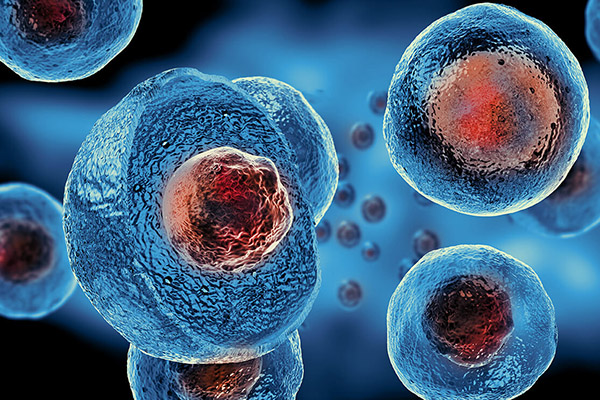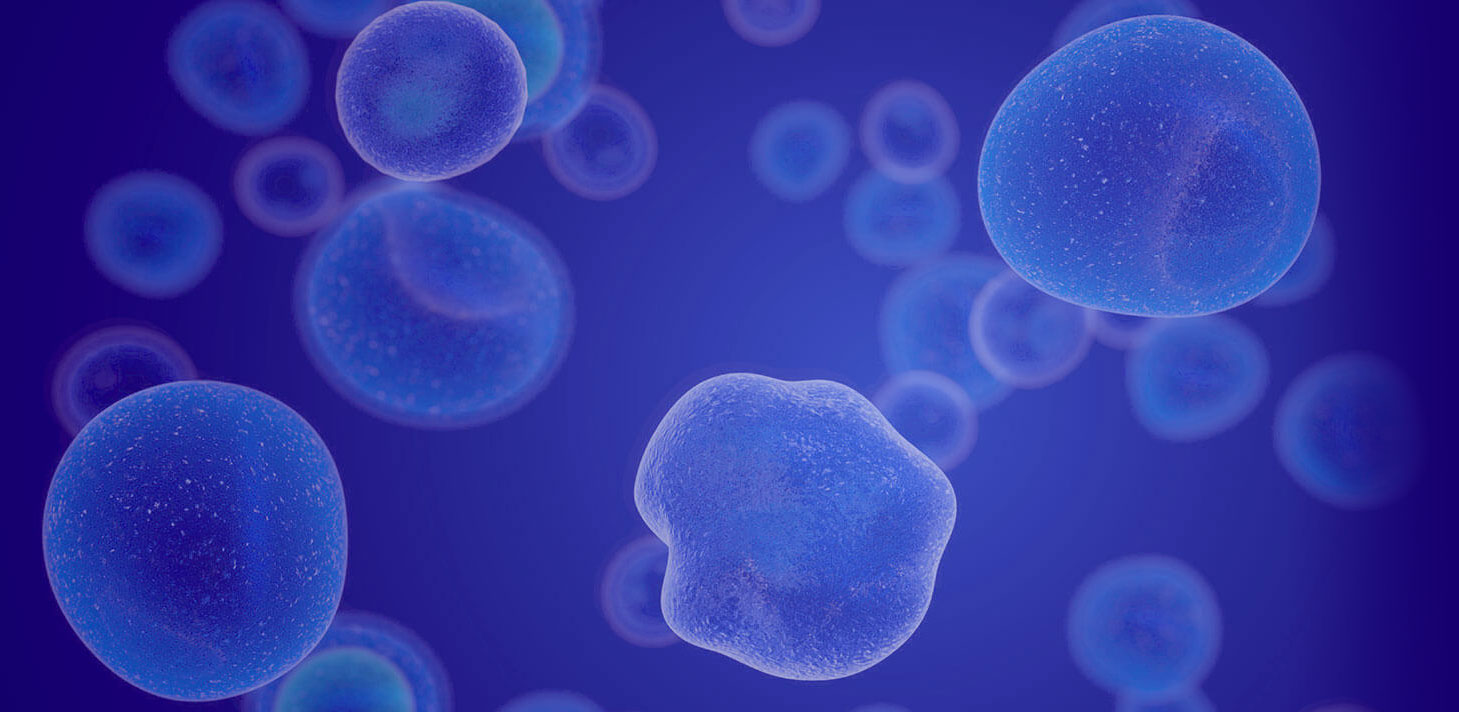Stem Cell Therapy for Autoimmune Diseases
Conveniently located to serve the areas of Greenville, SC, Spartanburg, SC, Columbia, SC, Anderson, SC and Asheville, NC

Stem cell therapy for autoimmune diseases is a treatment plan for healing damaged tissues and adjusting the immune system to treat patients with compromised immune systems. Stem cells are harvested separately. Stem cell therapy acts locally and does not suppress the immune response of the patient’s whole body. Although results may vary from person to person, when combined with other treatments, stem cell therapy has great potential to turn off the body’s pathological response to itself while keeping the ability to fight disease-causing pathogens.
Conveniently located to serve the areas of Greenville, SC, Spartanburg, SC, Columbia, SC, Anderson, SC, Asheville, NC, Daisy Stem Cell Therapy is proud to leave our patients feeling fresh and energized.
Continue reading to learn more about autoimmune diseases and how stem cell therapy can treat them.
Contact us online to schedule your consultation with Dr. Haasis at Daisy Stem Cell Therapy or call today at (864) 775-5682.
Contents
What are Autoimmune Diseases?
Autoimmune diseases are conditions in which the patient’s immune system generates cellular and antibody responses to substances and tissues naturally present in the body. Autoimmune diseases might be restricted to one organ or involve a specific tissue in various areas.
Those with autoimmune disease have a near-normal life expectancy. However, some may suffer severe, therapy-resistant progressive autoimmunity. Stem cell therapy is a potential treatment for people with such severe refractory diseases.[1]
Examples of Autoimmune Diseases
There are over one hundred different kinds of autoimmune diseases, but at Daisy Stem Cell Therapy, we can promote healing and regeneration in patients suffering from:
- Rheumatoid arthritis
- It is characterized by acute and chronic inflammation, where the immune system attacks the body’s joints.
- Multiple sclerosis
- Results from the breakdown of the myelin covering of nerves.
- Lupus
- It is characterized by widespread injury due to immune reactions against many different organs and tissues.
- Type 1 diabetes
- The consequence of the destruction of the pancreatic beta islet cells.
Components of the Immune System
- White Blood Cells
- White blood cells help the body fight infection and other diseases. Examples of white blood cells include granulocytes (neutrophils, eosinophils, and basophils), monocytes, and lymphocytes (T cells and B cells).
- Antibody
- Antibodies are Y-shaped proteins used by the immune system to identify and neutralize foreign objects such as pathogenic bacteria and viruses.
- Antigen
- Antigens are toxins or other foreign substances that induce an immune response in the body, especially antibody production.
- Antigen Presenting Cells (APC)
- APCs are a diverse group of immune cells that assist cellular immune response through handling and presenting antigens for identification to lymph sites. Examples of APCs include dendritic cells, macrophages, Langerhans cells, and B cells.
- B Cells
- B cells are a type of lymphocyte responsible for the body fluid immunity component of the immune system. These white blood cells produce antibodies.
- Autoantibody
- Autoantibodies are antibodies produced by the immune system directed against a patient’s own proteins. Many autoimmune diseases are caused by autoantibodies.
- Bone Marrow
- Bone marrow produces red blood cells, platelets, and white blood cells. Lymphocytes are made in the marrow.
- Lymphatic System
- The lymphatic system is a network of vessels that drain fluid from all over the body. The significant parts are in the bone marrow, spleen, thymus gland, lymph nodes, and tonsils. Your heart, lungs, intestines, liver, and skin also contain lymphatic tissue.
- Memory Cells
- Memory cells are cells in the immune system that, when exposed to an invading pathogen, replicate themselves and remain in the lymphatic system searching for the same antigen, creating a quicker response to future attacks.
- T Cells
- T cells are a type of white blood cell that tailors the body’s immune response to specific pathogens and antigens in the body.
- Thymus
- The thymus is the gland in the chest between the lungs that makes white blood cells. It is in the chest between the lungs behind the sternum.
About Stem Cell Therapy

Stem cells are the body’s raw materials from which all other cells with specialized functions are generated. Under the right conditions in the body or a laboratory, they divide to create more cells called daughter cells. Studies have shown that stem cell therapy can induce sustained clinical remissions in autoimmune disease by restoring the lack of an immune response to antigens.[2]
At Daisy Stem Cell Therapy, we utilize allograft stem cells harvested from a separate human placenta. They are a rich source of collagen, elastin, and fibronectin, which help support tissue repair and regeneration. The patient does not provide any of the stem cells.
Benefits
- It ensures the continuous renewal of cells.
- It contributes to the body’s immune response caused by an infection.
- New cells remember previous infectious encounters to create a quicker immune response in the future.[3]
Candidates
The ideal candidate for stem cell therapy is suffering from any number of autoimmune diseases, but primarily type 1 diabetes, lupus, MS, and rheumatoid arthritis.
Personal Consultation
If you would like Dr. Haasis to evaluate you, the first step is to complete our online application. Once we receive it, our staff will contact you to answer general questions and guide you through the rest of the evaluation process.
With over 25 years of experience, Dr. Haasis has treated thousands of patients throughout the region. Over the years, he and his staff have made it their mission to help people manage their pain and improve function so that they can enjoy life again.
Preparation

Stem cell therapy for autoimmune diseases can have different effects on the body, depending on the treatment phase and the type of therapy a patient receives. It’s good to research all this beforehand.
Hematopoietic stem cell transplantation requires a careful selection of patients according to autoimmune disease, consideration of therapeutic alternatives, risks and benefits, and the transplantation team’s expertise.[4]
Procedure
Patients report symptoms common with IV infusion. Symptoms can include: a “rush” feeling, needing to urinate, feeling cold, or getting a mild headache and fatigue.
Patients usually feel sluggish after the treatment, which can last several hours.
We recommend that patients sleep for at least 10-12 hours the following night to aid the process.
Recovery & Results
The infusion of stem cells circulates throughout the body. Accompanying them is a vast amount of new, young mitochondria, the body’s “power plants.”
The body now has a surplus of energy. This effect occurs because mitochondria power the cellular processes running throughout the body. This influx of cells lets the body perform better at a cellular level. Specific processes like brain function, digestion, waste transfer, and more start to work better too.
The benefits of stem cell therapy can last for long periods, but they don’t last forever. Over time, the cells and their components are used up by the body, eventually diminishing.
Be aware that inflammation is the body’s enemy during recovery. The body can trigger an increase in inflammation as quickly as the stem cells can signal a decrease. Be sure to get plenty of exercise and rest, and maintain a healthy lifestyle.
If you’ve enjoyed learning about stem cell treatment for autoimmune diseases, we recommend directing yourself towards the Daisy Blog. You’ll find great content about alternative therapies and other assorted bits of advice. We look forward to getting to know you better.
FAQ
What Is Stem Cell Therapy?
Stem cell therapy is a treatment option to improve healing activity in damaged tissue and modulate the immune system, turning off the pathological response to “self” while maintaining its ability to continue fight disease-causing pathogens.
What Is Autoimmune Disease?
Autoimmune disease occurs when the body tissues are attacked by their immune system due to an inappropriate immune response directed to self-antigens.[5] As a result of this misguided immune response, significant damage to organ systems and tissue can occur, resulting in pain, loss of function, and disability.
How Are Stem Cells Administered for Autoimmune Diseases?
Stem cells are typically administered intravenously (IV) for a few days.
Is Stem Cell Therapy Safe?
Yes, stem cell therapy is safe. Patients must be screened for candidacy as all people may not be right for stem cells.
Are There Side Effects to Stem Cell Therapy?
Common short-term side effects have been fatigue, headache, and nausea. These effects typically fade between one to two hours.
References
- Sykes, M., Nikolic, B. Treatment of severe autoimmune disease by stem-cell transplantation. Nature 435, 620–627 (2005). https://doi.org/10.1038/nature03728
- Alexander, T., Farge, D., Badoglio, M., Lindsay, J. O., Muraro, P. A., Snowden, J. A., & A. (2018). Hematopoietic stem cell therapy for autoimmune diseases – Clinical experience and mechanisms. Journal of Autoimmunity, 92, 35-46. doi:https://doi.org/10.1016/j.jaut.2018.06.002
- Technische Universität Dresden. (2020, March 13). Blood stem cells boost immunity by keeping a record of previous infections. ScienceDaily. Retrieved March 1, 2021 from www.sciencedaily.com/releases/2020/03/200313112148.htm
- Swart, J., Delemarre, E., van Wijk, F. et al. Haematopoietic stem cell transplantation for autoimmune diseases. Nat Rev Rheumatol 13, 244–256 (2017). https://doi.org/10.1038/nrrheum.2017.7
- Choi E. W. (2009). Adult stem cell therapy for autoimmune disease. International journal of stem cells, 2(2), 122–128. https://doi.org/10.15283/ijsc.2009.2.2.122


